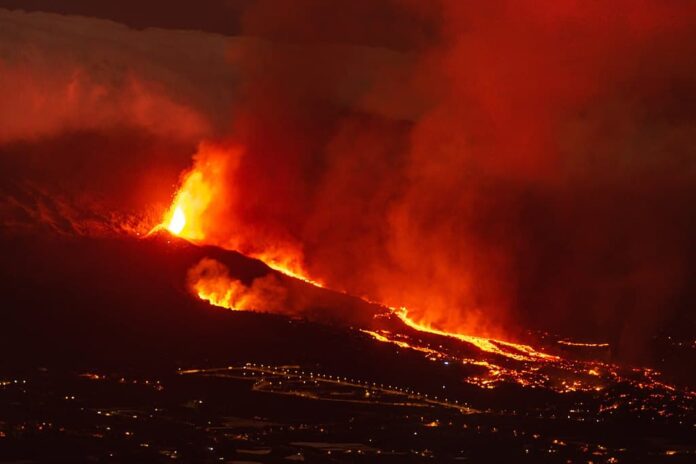Just when we thought 2020 was going to be a year of fresh starts, countless disasters have come along. Just in the first month of 2020, a lot of tragic events happened in almost every continent in the world. We are going to look into a summary of what happened in the world in the first month of 2020. Looks like the punishment from nature has come to us now, or maybe it is just the beginning.
December – January, 2020
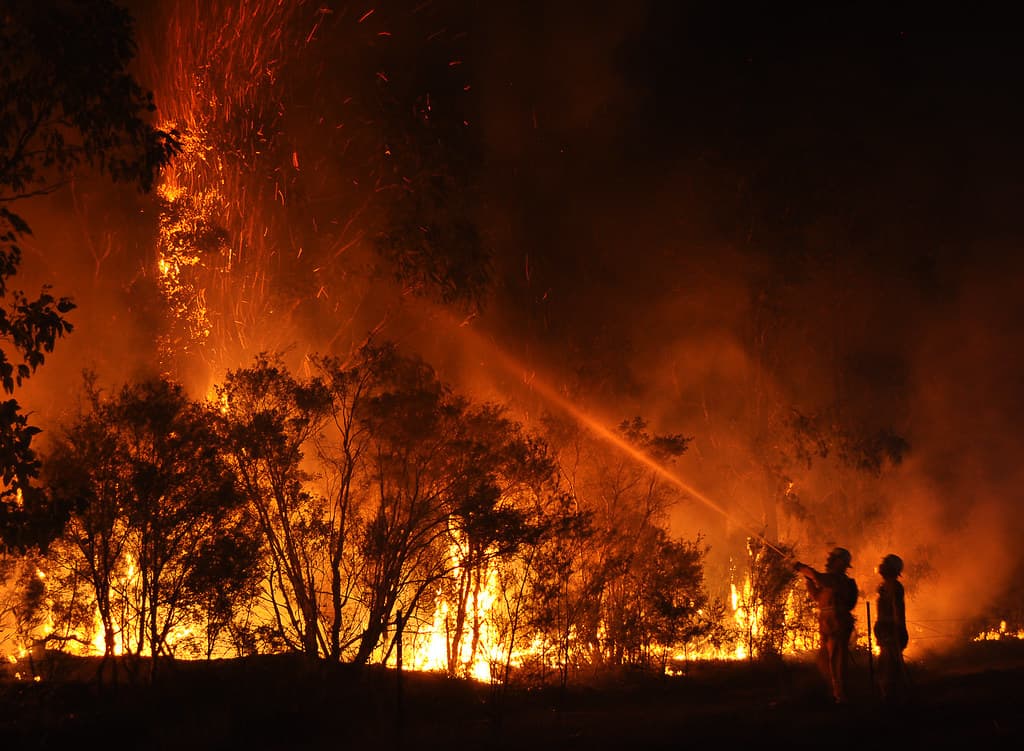
1Deadly Bushfires
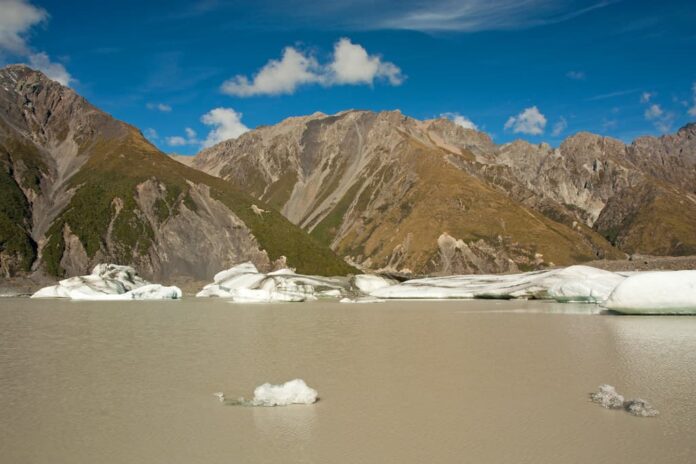
Where: Australia
Bushfire season is common in Australia, but this time things are getting extremely horrible. The worst part is that this bushfire does not show any sign of stopping at all. Each year, there is a fire season during the Australian summer where hot and dry weather makes it easy for blazes to start. Natural causes also play a part as well such as lightning strikes in drought-affected forests and dry lightning. Fire season in Australia is always dangerous because it can damage a lot of things and kill a lot of lives.
By mid-January 2020, the fires in this season have burned an estimated 18.6 million hectares. That alone has destroyed over 5,900 buildings and killed at least 34 people including 4 firefighters. In the wild, about one billion animals have been killed while some endangered species may be driven to extinction. There are more than 2,000 firefighters working on the ground in New South Wales alone while more support is on the way. The good thing is recent cooler conditions and rain have brought some respite, but more than 60 fires are still burning.
Such tragedies not only kill lives and destroy homes and forests but also pollute the air as well. The air quality has been rated the third worst of all major global cities in NSW. Even the satellite images show the spread of smoke from fires in Victoria and NSW which has affected the air quality. Back to New Year’s Day of 2020 in New Zealand, a blanket of smoke from the Australian fires covered the whole South Island. That gave the sky an orange-yellow haze, and people reported that they could smell smoke in the air. Aids and supports keep on coming, hopefully, this will end soon.
1st January, 2020
2Flood
Where: Dubai, Indonesia
The powerful monsoon season this year has put a toll on Dubai and Indonesia right at the beginning of the new year. In Dubai, the rain was pouring for two days straight which resulted in major floods on several streets. The Dubai Media Office called the rain “unusually heavy” and said “rainfall reached 150 mm/hour for two-and-a-half-hours,” according to preliminary reports. The torrential rains have triggered flooding as it submerges houses and vehicles on roads and traps several people inside their houses. The scary part was that the water came through the electrical points and even the electrical box. The people had to call security to switch off the power supply and then moved downstairs. The rain was so bad it even resulted in flight cancellations at Dubai International Airport. However, the authorities took action on time and conducted a massive cleanup immediately.
As for Indonesia, the capital city of Jakarta has always experienced the worst flooding events. Starting on New Year’s Eve, the floods in the city affected a population of 30 million people in the capital alone. Indonesians had to swim in chest-level floodwaters and use inflatable rafts to navigate the streets which had turned into rivers. The floods caused the death of 67 people by drowning, electrocution, and hypothermia. About 400,000 people were forced to abandon their homes, and they cramped up in government buildings, schools, and malls. Many parts of the city are under 5 meters of water, and that led to landslides that blocked off entire neighborhoods. To tackle the matter, Indonesia has carried out cloud seeding to prevent torrential downpours in the capital. Also, the authorities and Red Cross have also been spraying megalopolis with disinfectant to stop the spread of waterborne diseases.
3Brown Glacier
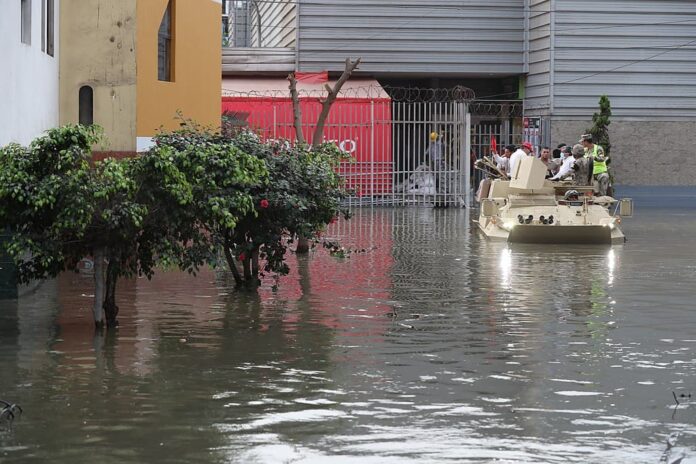
Where: New Zealand
Resulted of smoke and ash drifting from the Australian bushfires, New Zealand’s glaciers have turned brown. Some experts fear that this could increase the risk of the glaciers melting faster this year. The yellow haze had discolored the snowy mountain peaks and glaciers in the Southern Alps. Unbelievable as it may look and sound, many parts of the South Island woke up to an orange haze and red sun. The smoke from the Victorian and NSW blazes drifted east which smothered many parts of the island for most of the day. The smoke haze carried particles of dust that had tinged snow-capped mountain peaks and glaciers a shade of caramel. The good thing is most of the smoke has cleared out now, but the pace of the melting glaciers still remains unknown.
2nd January, 2020
4Severe Weather
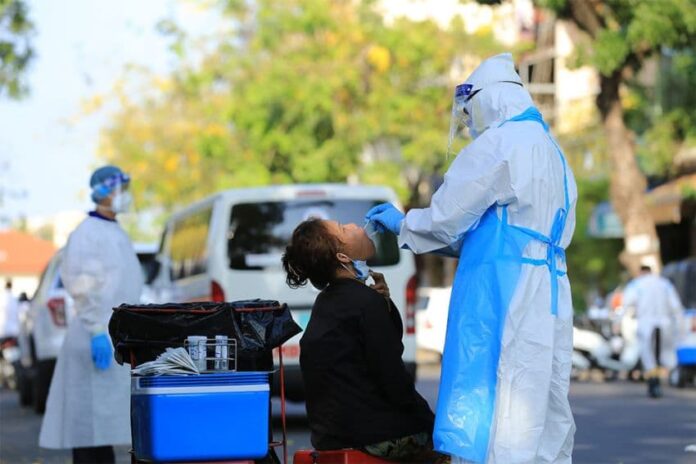
Where: Peru
The combination of heavy rain and an overflow of the Pachitea river affected 200 families and households. The rain also affected other parts of the country which resulted in fatalities and a lot of damage. Another region of the country was also affected by the overflow of the Aucayacu river which had an impact on 140 families and households. The heavy rainfall also caused a few more rivers to break their banks and led to the flood. The flooding also blocked roads, interrupted the drinking water supply, and damaged crops. At the same time, two people died in the flood. Until 24th January, two homes were completely destroyed, while a school and a hospital were severely damaged. The rivers are still extremely high, and it could cause further flooding which could affect more families.
5th January, 2020
5Coronavirus Outbreak
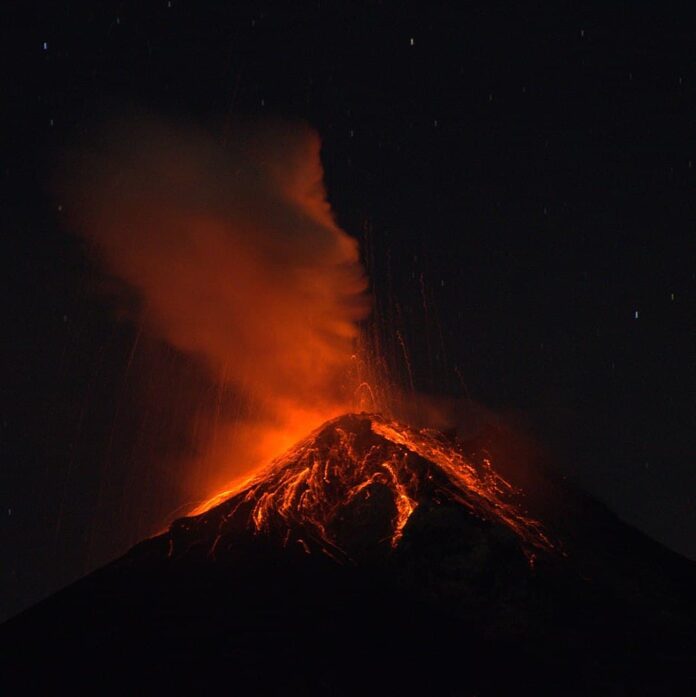
Where: Wuhan, China
Coronaviruses are a family of viruses known for containing strains that cause potentially deadly diseases in mammals and birds. To us humans, they spread via airborne droplets of fluid produced by infected individuals. Wuhan coronavirus was first identified in the Chinese city of Wuhan since late 2019. However, the outbreak began to spread in early January 2020. As you read, the numbers of infected are still on the rise, follows by the death tolls that keep increasing every day. On 31st January, the World Health Organization (WHO) declared the virus a global health emergency.
There are more than 20 countries and territories outside of mainland China that have confirmed cases of the virus. There are millions of Chinese people who had left Wuhan city shortly before and right after the outbreak; to different parts of the world. From Asia and Europe to North America and the Middle East, the virus has already been there with the Wuhan citizens who carry it. About 10,000 or more people have been infected and a hundred have died because of the coronavirus. The vaccine to the virus is estimated to be done by mid-2020 or earlier, let’s hope there will be solutions soon.
6th January, 2020
6El Fuego Volcano Explosion
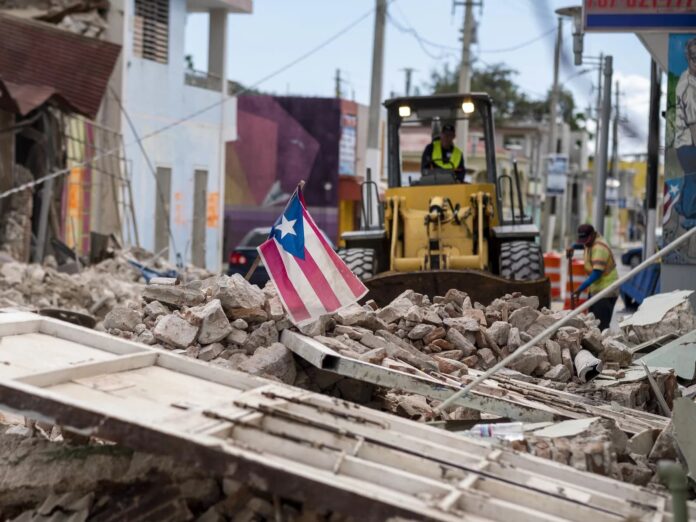
Where: Guatemala
Volcan de Fuego, meaning Volcano of Fire in Spanish, is an active stratovolcano in Guatemala. This volcano has erupted frequently since the Spanish conquest, and the last time it erupted was in 2018. As of early as 2020, there were 8 to 17 explosions per hour recorded at Fuego. The explosions generated ash plumes that rose as high as 1.1 km above the crater and drifted 10-22 km Southwest and West. The explosion sometimes produced shock waves that rattled houses in communities within a 7 km radius. Some still can feel it even though they were 25 km away from the volcano. On top of that, the plumes of ash and gas expelled into the atmospheres, humidity, and thermal data within the volcanic clouds. It explodes every 3 – 4 weeks, and it is bad because such an explosion threatens the lives of 60,000 people living in the region.
7th January, 2020
7Earthquake
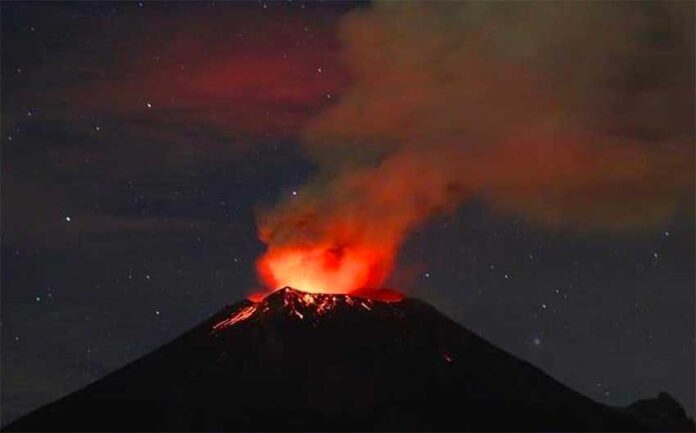
Where: Puerto Rico
The southwestern part of the island of Puerto Rico was struck by an earthquake swarm earlier this year. The largest and most damaging of the sequence was on the 7th of January at a magnitude of 6.4 Mw. At least one person was killed and several others were injured. It destroyed numerous structures including the Agripina Seda elementary school and the Inmaculada Concepcion Church. There was an aftershock on 11th January that damaged many structures including several historical buildings. The power was lost island-wide immediately after the quake, and more than 8,000 people were homeless by the 14th of January. The victims began to camp outdoors in various types of shelters with 40,000 others camping outside their homes, in Ponce city alone. In the aftermath of the main quake and its major aftershocks, thousands of residents developed seismophobia and continued sleeping outdoors for weeks.
9th January, 2020
8Popocatepetl Volcano Eruption
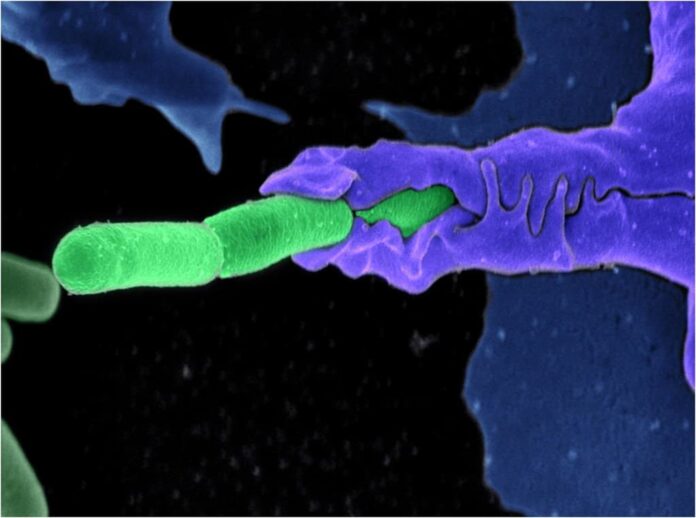
Where: Mexico
Also goes by the name El Popo, Popocatepetl is the most active volcano in Mexico that locates near Mexico City. This active volcano is only 70 km southeast of Mexico City, and it is visible from there when it erupted. The volcano spew ash high into the air and oozed lava right in the morning as the sunrise lighted on it. Luckily, there were no injuries as a result of the eruption at all. There was not only the eruption but also a volcano-tectonic earthquake as well on the following day at a magnitude of M 1.4. Some people saw the eruption as a beauty, and you can find the videos on YouTube and Twitter for further information.
11th January, 2020
9Shindake Volcano Eruption
Where: Japan
Located in the southwestern part of Japan, Shindake Volcano erupted and throw rocks about 300 meters from the crater. It was the first eruption on the island this year, and there were no reports of injuries at all. However, the agency maintained the alert level for the volcano at 3 on a scale of 5. So climbers should refrain from scaling the mountain because flying rocks and pyroclastic flows are possible within about a 2-kilometers radius. It is a caution because volcanos are erupting around the world lately, hopefully, it won’t be a big one.
10Anthrax Outbreak
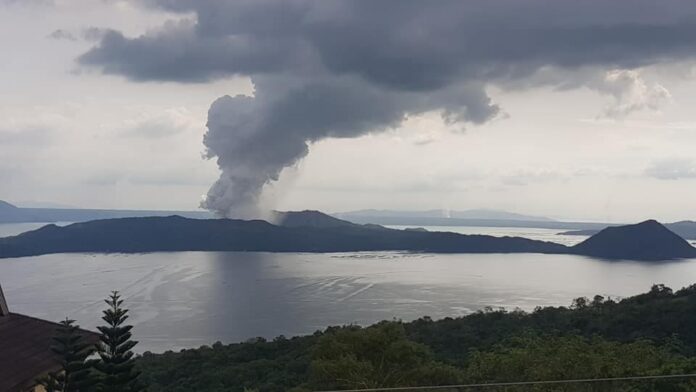
Where: Zimbabwe
Anthrax is a life-threatening infectious disease caused by bacteria that normally affects animals, especially ruminants. The disease affects all warm-blooded animals including human beings. There were several cases of people who were battling for their lives after consuming meat from animals that died of anthrax. Also, there have been cases of farmers getting infected after eating meat from cattle that died of anthrax. The anthrax outbreak has appeared in several districts in Zimbabwe, but the situation is under control. At the same time, the government has provided $30,000 for the procurement of drugs and the management of the disease.
12th January, 2020
11Taal Volcano Eruption
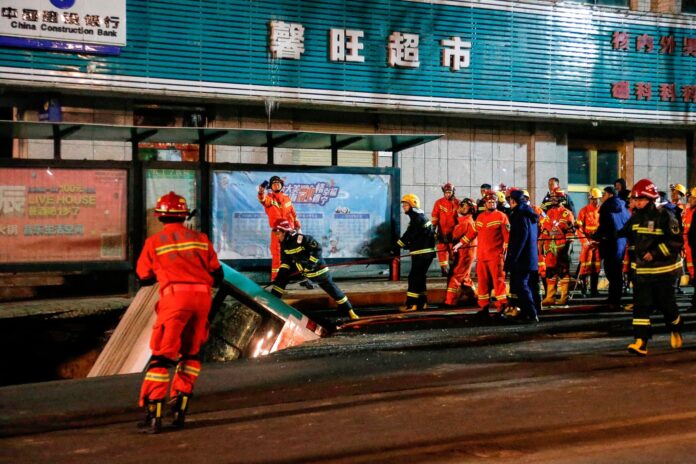
Where: Philippines
The eruption of Taal Volcano has brought a Level 4 Alert, indicating that “a hazardous explosive eruption is possible within hours to days.” It was a phreatic eruption from the main crater that spewed ashes to different parts of the country. That resulted in the suspension of classes, work schedules, and even flights. The volcano awoke in the afternoon of January 12th which was 43 years after its previous eruption in 1977.
Loud rumbling sounds could be felt and heard from the volcano island. Then a strong explosion spews an ash column at 3PM on the same day. The eruption has damaged crops, fisheries, pineapple plantations, corn, and more with a total cost of millions of dollars. The worst part was that the air quality has been worsen, and the demand for N95 masks has increased rapidly. At least there have been support and aid from other countries, as well as donations of masks, food, and goods. The conditions got better by late January.
13th January, 2020
12Sinkhole
Where: Xining, China
An enormous sinkhole swallowed a bus and its passenger in China, killing at least 6 people. The public bus had just halted at a stop in the city of Xining on a Monday afternoon when the massive sinkhole suddenly opened up. A dramatic surveillance footage showed passengers boarding the bus when the collapse happened. The sinkhole swallowed the front of the vehicle, a lamppost, and people who were waiting in line. A young man who barely escaped returned with several others to help a woman left hanging on the edge.
Unfortunately, the road collapsed a second time beneath their feet which plunged everyone into the pit. Seconds later, there was an explosion inside the sinkhole, sending a ball of fire above the ground. That was followed by a thick plume of smoke and a few smaller explosions. That was because of the water running above the sinkhole, and the explosion took off due to the electricity cable. Six people died in the incident while 16 others were injured, and the young man who rescued the lady survived. This collapse took place on a busy main street in the city, and this was not the first time it happened.
13Severe Storms
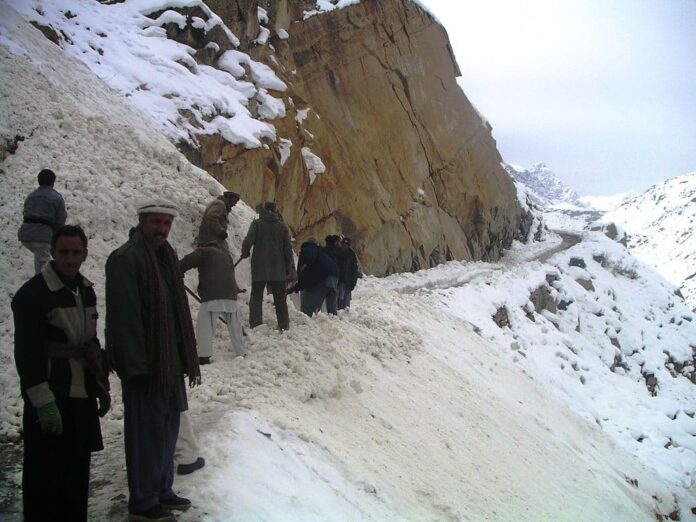
Where: Texas, Alabama, Louisiana, and Iowa
A potent outbreak of severe weather has claimed lives as it ripped across Louisiana, Alabama, Texas, and Iowa at night. At least 8 people died, and millions more are suffering from the damages that the severe storms caused. People died as trees fell on their houses or as the flood swept them which caused drowning. The storms also unleashed downpours that caused widespread flash flooding in some areas as well. There is also a tornado warning in some regions of the states after severe and heavy storms. Such severe weather also brings snow, sleet, ice, and freezing rain to other parts of the country. Hundreds of families evacuated from the area as their homes had been swept off by the storms. Those whose houses are not damaged from Texas to Ohio were left without power.
14th January, 2020
14Avalanche

Where: Pakistan
An avalanche swept through Kashmir in mid-January, killing more than 130 people and leaving dozens more injured and missing. Frequently, there are avalanches and landslides that occur in Kashmir during winter which often block roads and leave communities isolated. However, it is a deadly one this year, and authorities have shuttered schools while several highways and roads were closed across the country’s mountainous areas. Most of those who died were women and children, and a majority of casualties were caused after roofs collapsed under thick snow. Forecasts suggest more harsh weather is on the way so people should take more precautions.
20th January, 2020
15Arenavirus
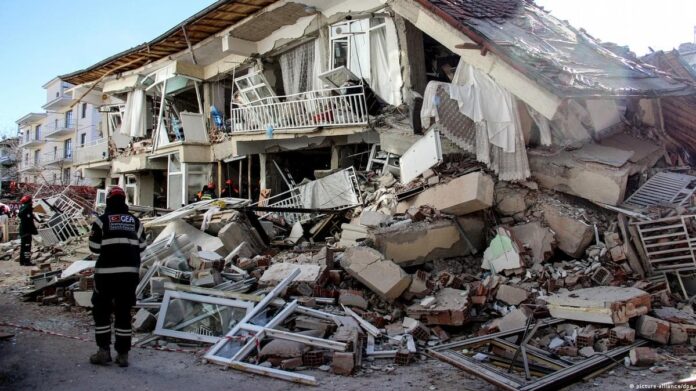
Where: Brazil
Also known as the Brazilian Hemorrhagic Fever (BzHF), Arenavirus or Hantavirus is an infectious disease caused by Brazilian mammarenavirus. This disease is known very little, but it is thought to be transmitted by the excreta of rodents. There are at least 5 cases of this virus now in Brazil on top of the first case of the coronavirus. The fifth patient died 12 days after the onset of symptoms. The transmission between people can occur when there is very close and prolonged contact or in poor hospital environments. The symptoms of this new virus outbreak include fever, muscle aches and pains, red rashes on the body, stomach pain, headache, dizziness, and sore throat. Ribavirin is the most effective treatment for the virus as the patient who receives it had a shorter and less severe clinical course.
24th January, 2020
16Elazig Earthquake
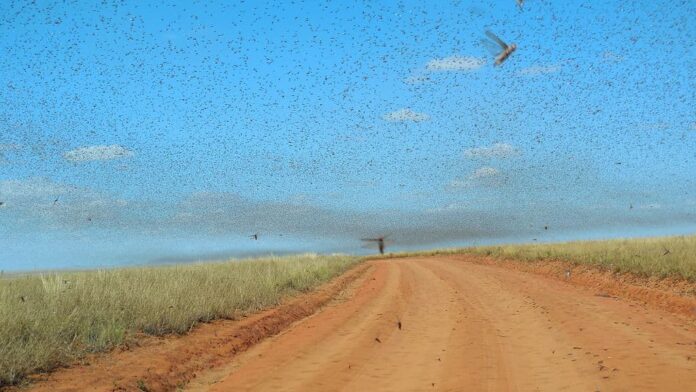
Where: Eastern Anatolia, Turkey
A powerful earthquake of 6.8 magnitudes rocked the eastern part of Turkey on a Friday night, killing at least 31 people. Soon after the initial quake, a series of aftershocks then shook the province at a magnitude between 5.4 to 3.3. The quake caused buildings to collapse, injuring more than 1,600 people and trapping dozens of victims. Rescue teams worked through the night, using their hands, drills, and diggers to try to find people in the rubble of fallen buildings. Earthquakes are very common in Turkey since most of the country lies on the Anatolian Plate.
“We are doing everything we can as the state and nation, and we will continue to do so. Our efforts at all rescue sites will continue,” said Turkish President Recep Tayyip Erdogan.
25th January, 2020
17Locust Swarm
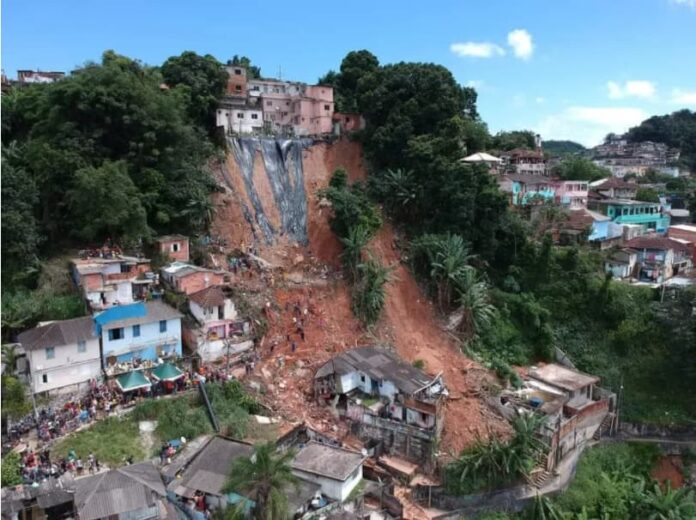
Where: Africa
This is probably the worst locust plague in decades, and it could destroy crops in Africa on a massive scale. Because of climate change, Australia has become drier while Africa becomes wetter which is more hospitable to desert locusts. A plague of locusts has descended on people’s farms, especially of those who grow tomatoes, chilies, mangoes, and watermelons. The mass swarms of desert locusts are endangering food supplies in eastern Africa, and a major concern from this disaster is famine.
“These locusts are the most dangerous migratory pest in the world”, said FAO’s senior agriculture office. He continued, “A swarm the size of Rome can eat enough food in one day as everybody in Kenya.” There are vulnerable families that were already dealing with food shortages who now have to watch their crops destroyed before their eyes. Given the scale of the current swarms, aerial control is the only effective means to reduce the locust numbers.
27th January, 2020
18Flood & Mudslide
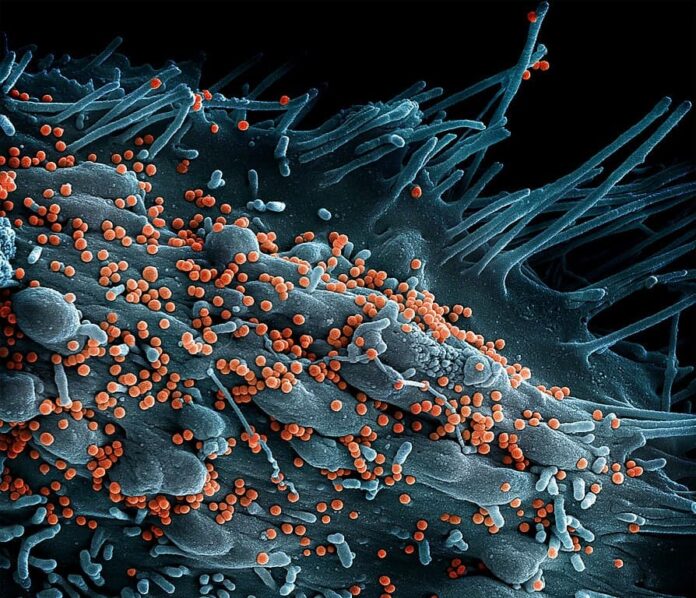
Where: Brazil
At least 40 people have died during the severe rainstorms in Brazil’s Minas Gerais State after days of torrential downpours. The heavy rainfall caused floods and landslides that washed away houses and buried many victims in the affected regions. Such heavy rainfall began on 17th January, flooding many houses and neighborhoods in the southeast part of Brazil. The landslides caused building collapses, and thousands of people have been evacuated from their homes. This deadly flood came on the same weekend that Brazilians were commemorating the deaths of 270 people killed one year ago when a dam burst. This heavy rainfall is expected to continue into February, and a higher risk of flooding is also expected in the area as well.
28th January, 2020
19Jamaica Earthquake
Where: Jamaica
With a magnitude of 7.7, the earthquake shook not just Jamaica but also the Bahamas, Cayman Islands, Haiti, Honduras, and Cuba. The earthquake struck the Caribbean, along the coast of Jamaica in the evening, causing weak tremors as far as Miami and Florida. There were also several aftershocks, one of which was a 6.5 aftershock near the Cayman Islands shortly after the earthquake. This earthquake caused multiple sinkholes in the Cayman Islands, and swaying in high-rise buildings in Miami and Florida. Luckily, there was no significant tsunami threat or reports of casualties from the quake at all. It was the strongest earthquake to hit the region since a magnitude 8.1 quake struck near the Dominican Republic in 1946.
20Lassa Virus
Where: Africa
Lassa fever is a viral hemorrhagic fever that belongs to the same family as the Ebola and Marburg viruses. This virus is transmitted to humans from contact with food or household items contaminated with rodent feces or urine. Human-to-human spread is also possible via bodily fluids and excretions such as blood, urine, saliva, sperm, vomit, and feces. With the tropical climate in Nigeria, there is a high risk of the fever becoming infectious. The cost of Lassa treatment is very high because Ribavirin, a potent antiviral medication, is a very expensive drug. By late January, a total of 41 deaths have been recorded in Nigeria as the fever continues to spread. The disease claimed more than 160 lives in Nigeria, and it caused about 5,000 deaths across West Africa every year. The number of cases usually climbs in January due to weather conditions during the dry season.
Related Post: Global Disasters That Will Happen In The Future

